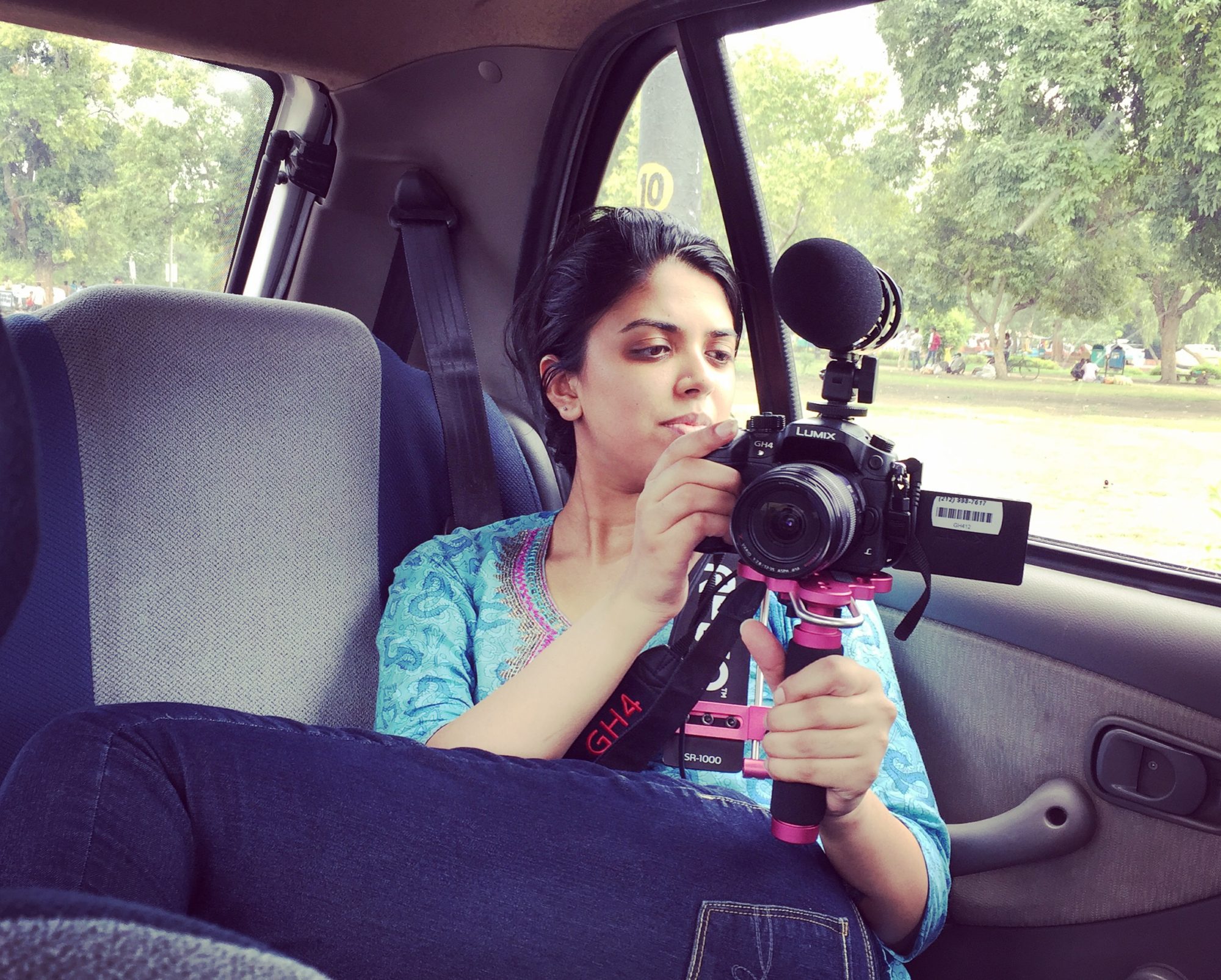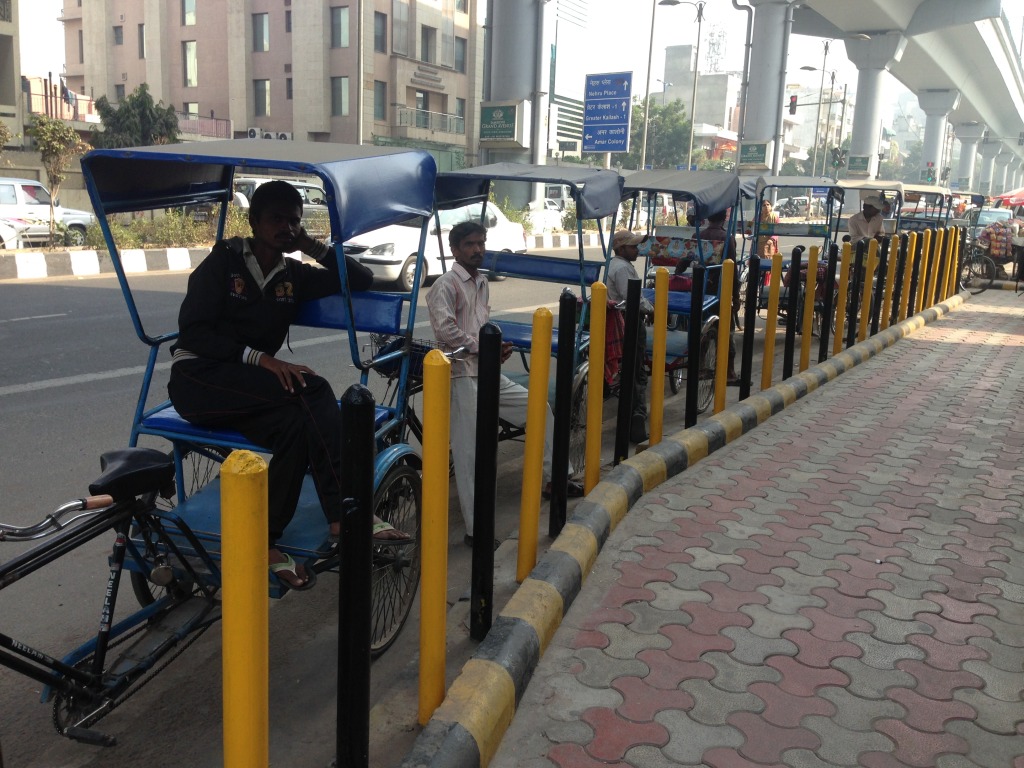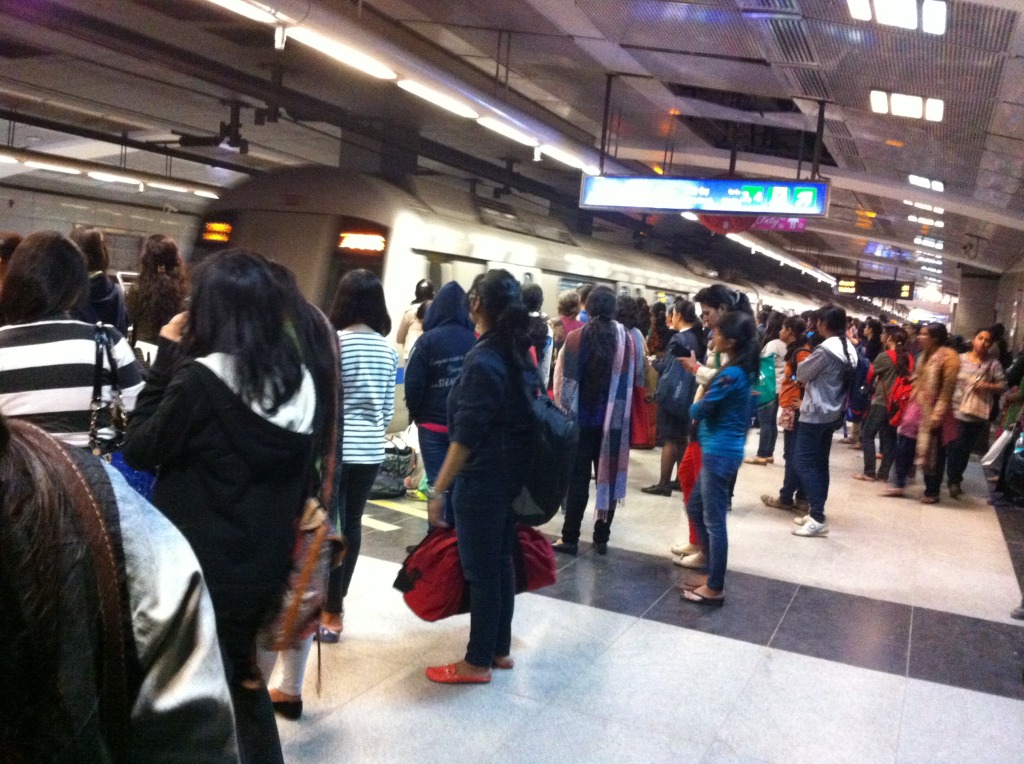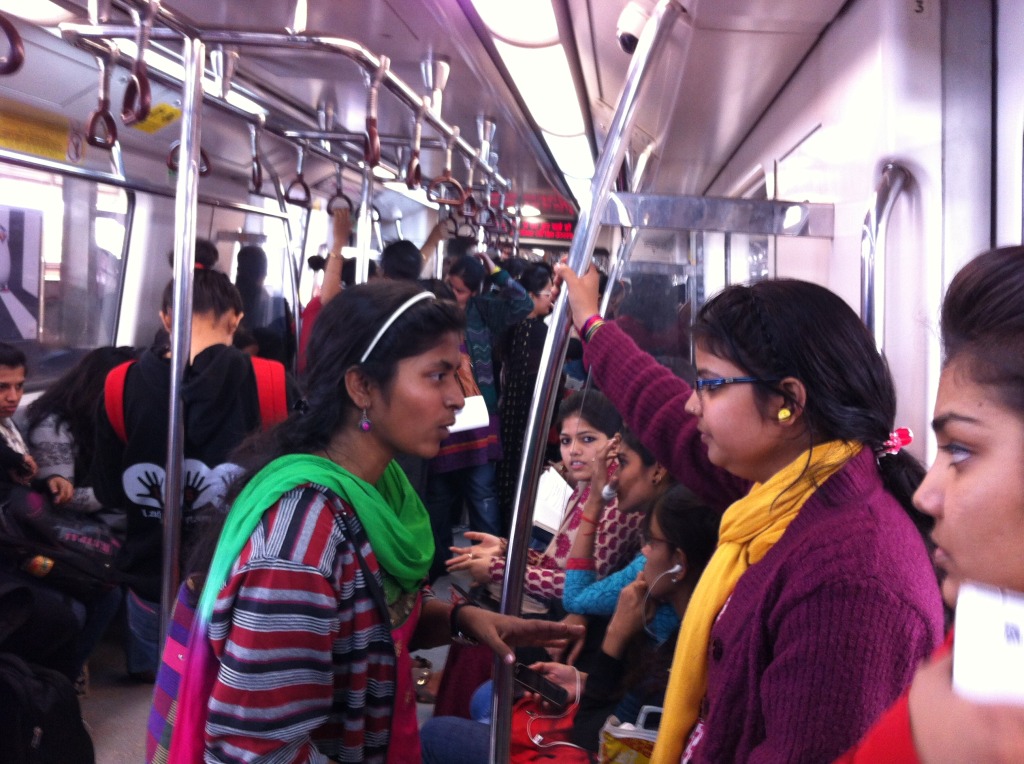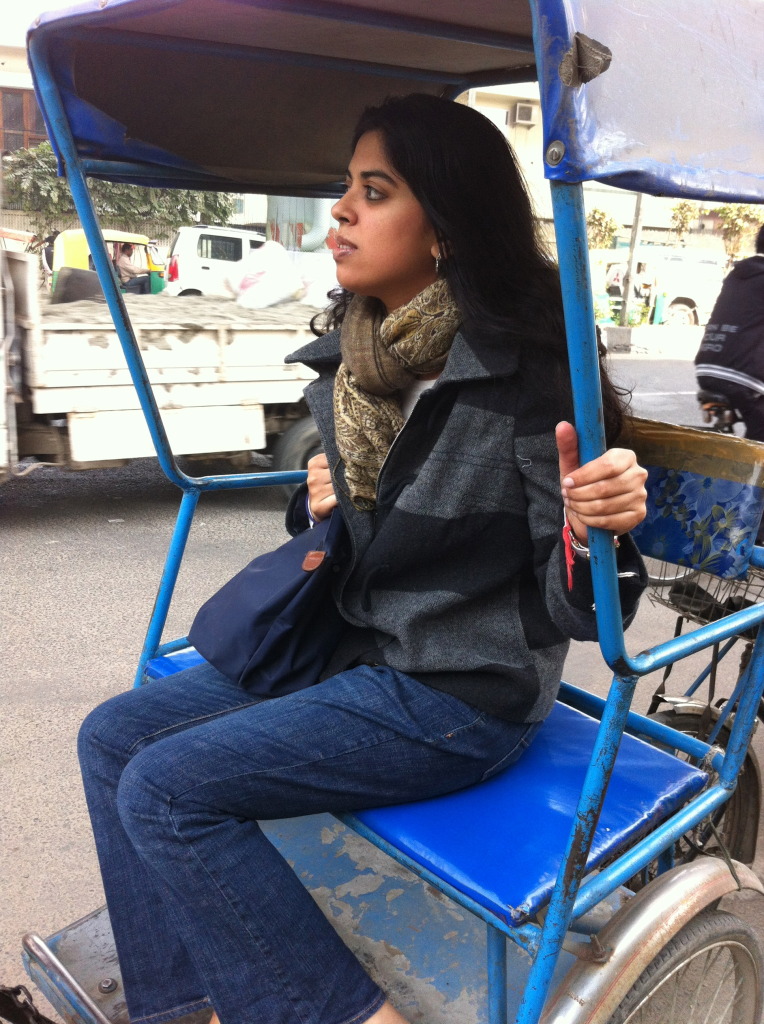This article was originally published & is hosted here: http://projects.nyujournalism.org/thenewamericans/dual-identities/
Tibetan-Americans: Retaining a Refugee Identity
December 2015
Tibetan refugees make up a small portion of the American population, but a significant space in the political and social fabric. Tibetans first moved to America in the 1950s, shortly after China annexed Tibet. But it was the Immigration Act of 1990 that was a shot in the arm to Tibetan resettlement in the country as 1000 immigrant visas were issued to Tibetan refugees in India and Nepal. Since then, the community has grown, establishing footholds in the northeast, primarily New York and New Jersey, in the Midwest near Chicago, as well as in Colorado, Texas and Virginia. The U.S. government continues to open its doors to Tibetan refugees by offering them political asylum, one of the few publicly acknowledged ways the government negotiates the crisis between China and Tibet.
As the community has moved into their second-generation in the US, they are grappling with ways to engage their children in their heritage while balancing their assimilation efforts. In New York City, weekend cultural schools and free after school programs in particular, help to ease the identity conflict.
NOT MAKING THE DATA CUT
In 2014 alone, 4,084 refugees were resettled in New York. The U.S. government’s Office of Refugee Resettlement provides statistics about the country of origin of those granted asylum. Tibet is not on this list. Despite the U.S. allowing Tibetans political asylum, the official government position is that Tibet is a part of China, and that it does not support efforts for Tibet’s independence.
This doesn’t just create difficulties in tracking the movement of Tibetans in the U.S.—it reflects the larger problems involving a lack of awareness in American society about Tibetan-Americans, and the complexity in the current American social fabric.
It is difficult to get population estimates of their community for this reason, but based on the Central Tibetan Authority and news reports from Congress, there are somewhere between 10,000 to 15,000 Tibetans in the U.S.
This 2000 U.S. Census report on Asian-Americans in the U.S. does not mention Tibetans.
This 2010 Census chart for New York City makes an exception for Taiwanese but does not mention Tibetans.
Assimilation Conflicts
Despite being born and brought up in the United States, there can be many struggles for second-generation refugees and immigrants.
For the Tibetan community in New York, there are similar issues of adjustment. However, the community is unique in that their homeland is not recognized as a country and has been annexed by China, and their faith is Buddhism, a religion not widely understood in the American mainstream beyond images of the Dalai Lama and meditative monks.
Tibetan youth in New York find themselves in a constant process of explanation—about their ethnicity and about the conflict that their parents have fled from. Their fellow American classmates and teachers often confuse the identities of Tibet and China. Many of these students attend weekly classes at their local Tibetan school, which keep them connected to their culture.
“Our classmates don’t really know the Tibetan culture and where it is on the globe, because on the globe it just says Tibetan plateau, “ says Jamyang Wangmo, an 8th grader from Queens.
Her friend, fellow 8th grader, Tenzin Dechen, added, “Also we have to explain the whole thing about how China took over Tibet and how Tibet is now part of China, and we have to explain everything about it so that they understand that we are from Tibet but not from China.”
It’s not merely about making others understand where and what it means to be Tibetan, but also about ensuring that their identity remains distinct from a Chinese-American one.
“Even after you explain, some people don’t understand, they think Tibet and China, it’s the same thing,” said Dechen Wangmo, an 11th grade student.
The Tibetan school offers Mandarin Chinese language classes in addition to Tibetan language classes. But if given a choice, these students say they will stick to learning Tibetan. “It’s better to learn Tibetan than Mandarin because it’s my culture, and my language,” said Tenzin.
It’s also important to these teenagers to retain the refugee identity of their parents, and not lose their identity to the melting pot of American society.
“I think I would consider myself just Tibetan, not Tibetan-American even though I was born here,” says Tenzin Dechen. “I don’t know why but I feel like I’m leaning more into Tibetan culture than American. At home we speak Tibetan all the time and everything that we do is part of Tibetan culture, and coming here too, we have more Tibetan friends and we are closer to Tibetan people.”
New York City Initiatives
The NYC Mayor’s office provides funding for several organizations working with youth in immigrant and refugee communities through their SONYC (School’s Out New York City) and COMPASS initiatives, managed by the New York Department of Youth and Community Development (DYCD).
Click here for more information about COMPASS & SONYC
The DYCD has stated on its website that the COMPASS programs “are offered at no cost to young people and are strategically located in public and private schools, community centers, religious institutions, public housing, and recreational facilities throughout the City.” The “strategic locations” are important—by partnering with organizations that are tapped into the local community networks, these programs are able to reach more youth and target their needs more effectively.
“It is imperative and critical that our partners know these communities. Many have the knowledge and understanding of the needs of their community, the immigrant needs, and the changing dynamics that are happening, they are rooted there, they can respond to and adapt to their particular needs,” said Michael Dogan, Assistant Commissioner of COMPASS. He added, “we have several hundred different organizations that are participating just in COMPASS, and it is not possible I think for us to do the work that we want to without the work that these community based organizations, they manifest.”
The New York Tibetan Service Center is one such organization that offers free after school programs for middle school and elementary school students.
“I realized there were so many non-profit groups like us, different ethnic groups, pursuing so many services from the city, and I thought we also should try to get one of those services, it will help with the Tibetan community,” said Tsering Diki, founder and Executive Director of the New York Tibetan Center.
In addition to on-site tutoring, supplemental cultural and arts programs are available. The after school programs last until 7pm to help alleviate the stresses of working parents. These options give children of refugees and immigrants the freedom to connect with their heritage while moving forward in their American academic identities.
For the Tibetan community, these programs help to negotiate the assimilation conflicts for the second-generation. “The American born Tibetans are sharing the feelings, not only learning something that goes back to their background,” said Dikki, “but to realize that they are not alone here.”
